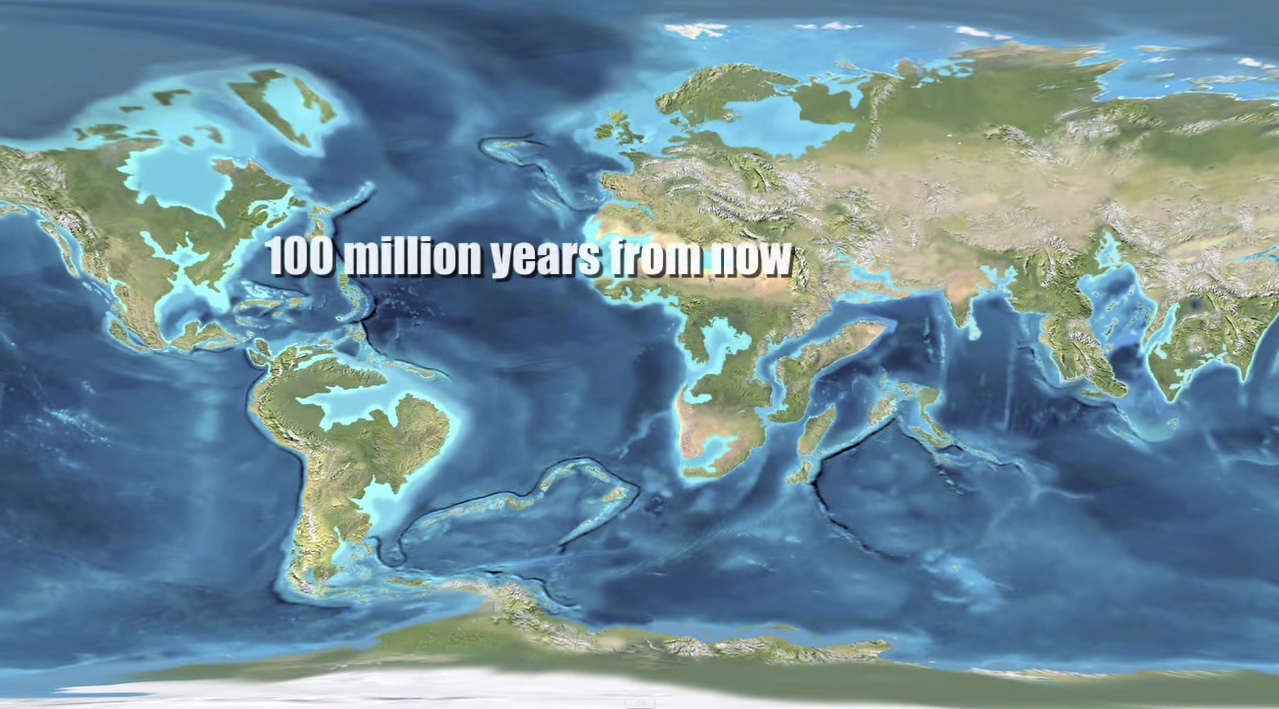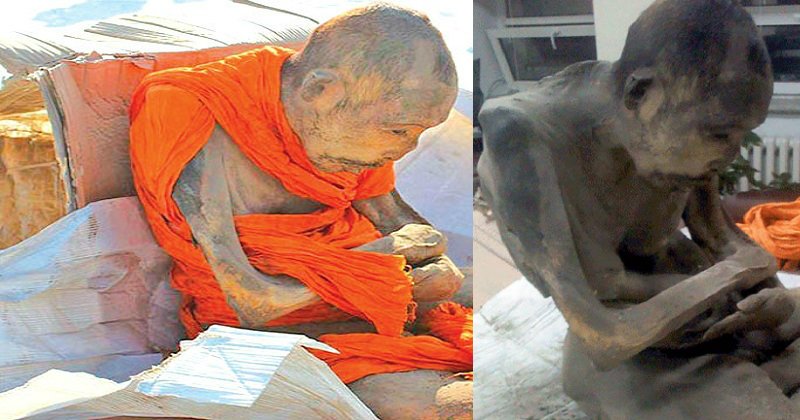

“I’m not after every artefact in a museum. “The Rosetta Stone is very important because it’s a symbol of Egyptian identity…and because of that stone, the ancient Egyptian hieroglyphs began to be solved,” Hawass told The National. However, ownership of the Rosetta Stone itself has been highly contentious, with Egyptologist and former antiquities chief Zahi Hawass calling it stolen property from colonial times and demanding its return to Egypt since 2003. “The decree that is written on the Rosetta Stone was initially composed a century before it was written on the Rosetta Stone, and was copied over and over again by each king for about 200 years,” Regulski said. Several replicas exist, including in Egypt and France. In fact, the Rosetta Stone is a copy of canopic text that dates back to the 3rd century BC. It lists some of the king’s good deeds and accomplishments and also specifies that the text should be placed in temples throughout Egypt. The inscription is a decree issued in 196 BC by the priests of Memphis on behalf of King Ptolemy V Epiphanes, a member of the Greek-speaking dynasty of Macedonian origin that ruled Egypt from the 4th to the 1st century BC. He also determined that the hieroglyphic text was a translation of the Greek, and not the other way around. He proved the oval cartouches enclosed the names of royalty by deciphering the name Ptolemy.īut it was philologist Jean-Francois Champollion who, based on painstaking analysis of the Rosetta Stone and other texts, eventually established an entire list of hieroglyphic signs with their Greek equivalents in 1822.Ĭhampollion was the first Egyptologist to realise that some of the signs were alphabetic, some syllabic and some determinative, representing a whole idea or object. It was shipped to England in February 1802 and presented to the British Museum by George III in July of that year.Ī post shared by British Museum physicist Thomas Young, who had an interest in Egyptology, began studying the texts of the Rosetta Stone in 1814. It was reportedly found by soldiers in Napoleon’s army during the French occupation of Egypt.įollowing Napoleon's defeat in 1801, the stone became the property of the British under the terms of the Treaty of Alexandria. The stone of black granite, part of a bigger slab broken in antiquity, had been discovered in 1799 near the town of Rosetta (modern-day Rashid) in the Nile Delta. By breaking the code, our understanding of this incredible civilisation has given us an unprecedented window onto the people of the past and their way of life,” said British Museum director Hartwig Fischer. “For the first time in millennia the ancient Egyptians could speak directly to us. With its decree inscribed in three writing systems - hieroglyphs, the Egyptian demotic script and ancient Greek - the Rosetta Stone helped scholars decrypt the pictorial symbols that adorn countless ancient Egyptian artefacts. “We knew that we were going to celebrate 200 years of the decipherment a long time ago, because we have the Rosetta Stone, which was key to the decipherment,” Ilona Regulski, curator of Egyptian Written Culture at the British Museum, told The National.


Hieroglyphs: Unlocking Ancient Egypt, which opens on October 13, will feature more than 240 objects, including loans from national and international collections, many of which will be on display for the first time.
THE WORLD AFTER 200 YEARS CRACKED
The Rosetta Stone, one of the world’s most famous ancient artefacts and arguably the best known object at the British Museum, is the star of a new exhibition celebrating 200 years since a French scholar cracked the code of Egyptian hieroglyphs.


 0 kommentar(er)
0 kommentar(er)
